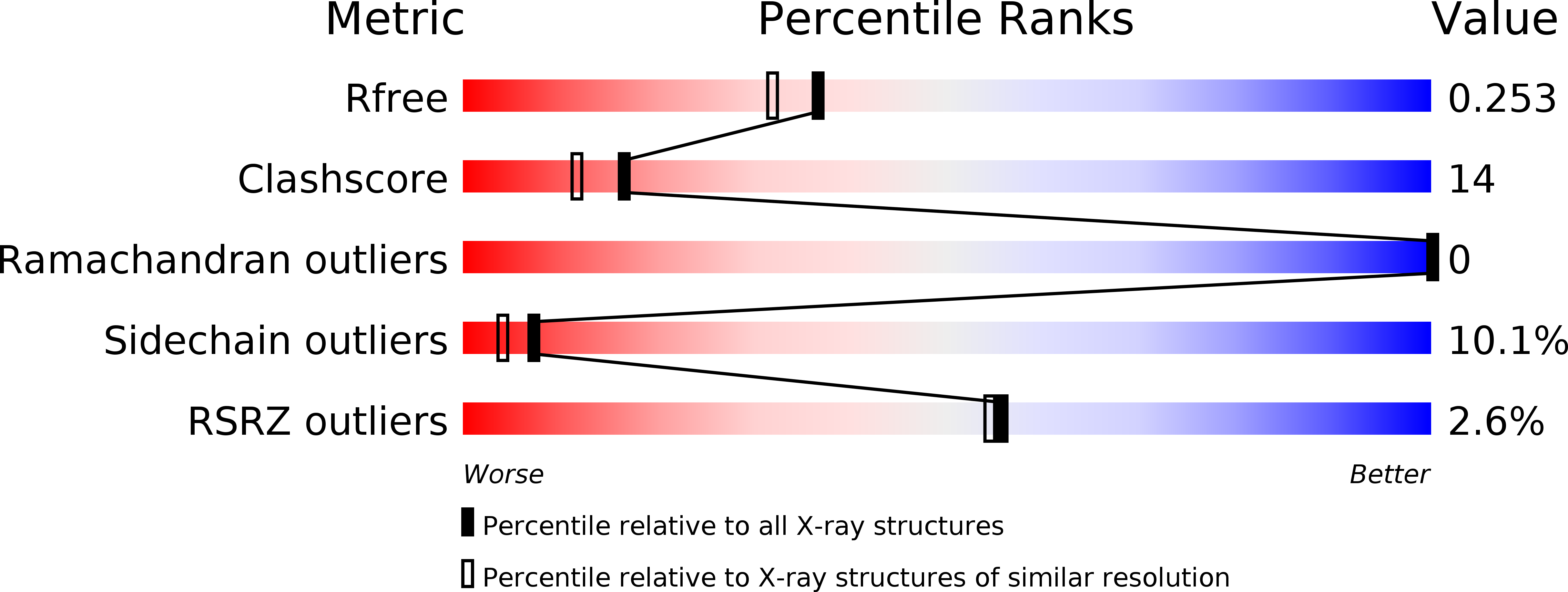
Deposition Date
2012-03-29
Release Date
2012-04-25
Last Version Date
2023-11-08
Entry Detail
PDB ID:
3VQR
Keywords:
Title:
Structure of a dye-linked L-proline dehydrogenase mutant from the aerobic hyperthermophilic archaeon, Aeropyrum pernix
Biological Source:
Source Organism:
Aeropyrum pernix (Taxon ID: 272557)
Host Organism:
Method Details:
Experimental Method:
Resolution:
2.01 Å
R-Value Free:
0.25
R-Value Work:
0.21
R-Value Observed:
0.21
Space Group:
P 1


